Homemade Ponzu Sauce is a classic Japanese condiment that is both refreshing and versatile. Make this all-purpose, citrus-based ponzu sauce recipe at home to use in dipping sauces and salad dressings.
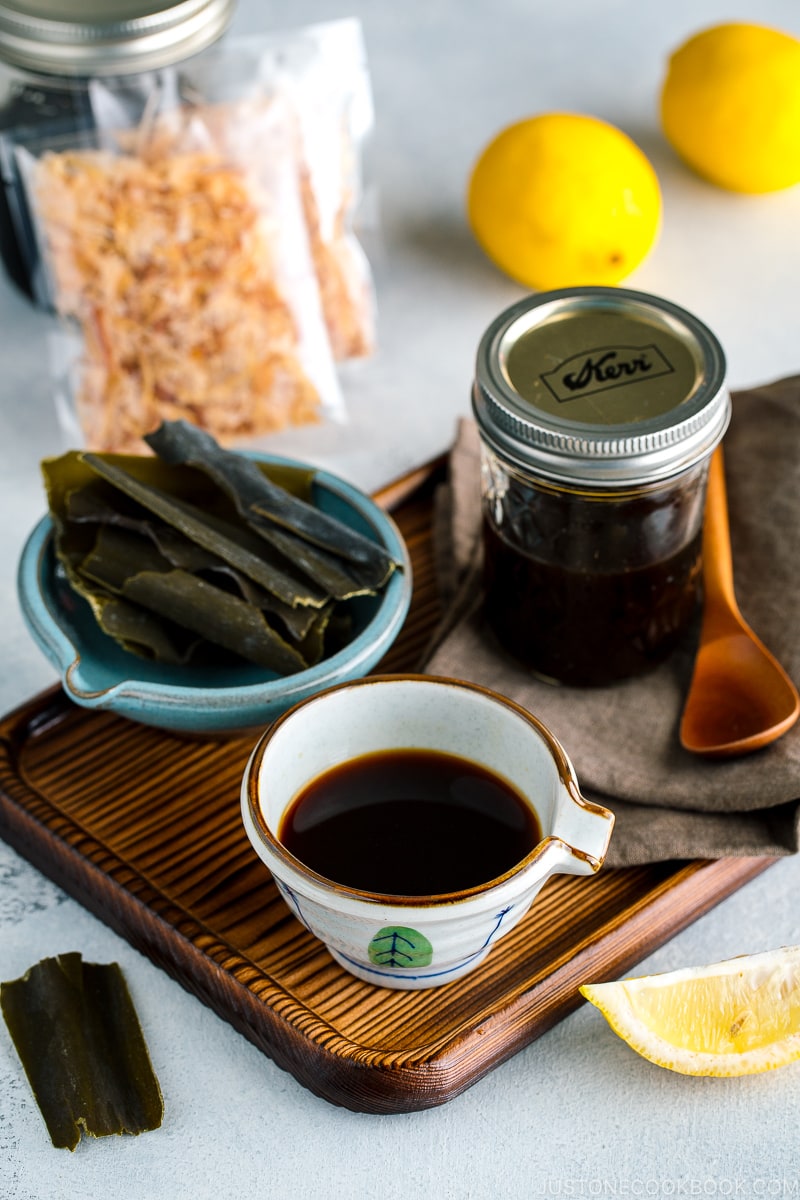
A classic Japanese condiment, Ponzu Sauce is a citrus-based sauce with a tart-tangy flavor similar to a vinaigrette. It contains a mix of ponzu (citrus juice of sudachi, yuzu, and kabosu and vinegar), soy sauce, sugar or mirin, and dashi.
Because of its versatility & refreshing flavor, you can use the sauce in many different ways. Enjoy ponzu as a dipping sauce for shabu-shabu or seafood, as a marinade for grilled meats and vegetables, or as dressing for salads or cold noodles.
How to Make Homemade Ponzu Sauce
To make a ‘quick’ version of ponzu at home, you just need to combine equal parts of soy sauce and fresh lemon juice as well as a bit of sweetness from mirin.
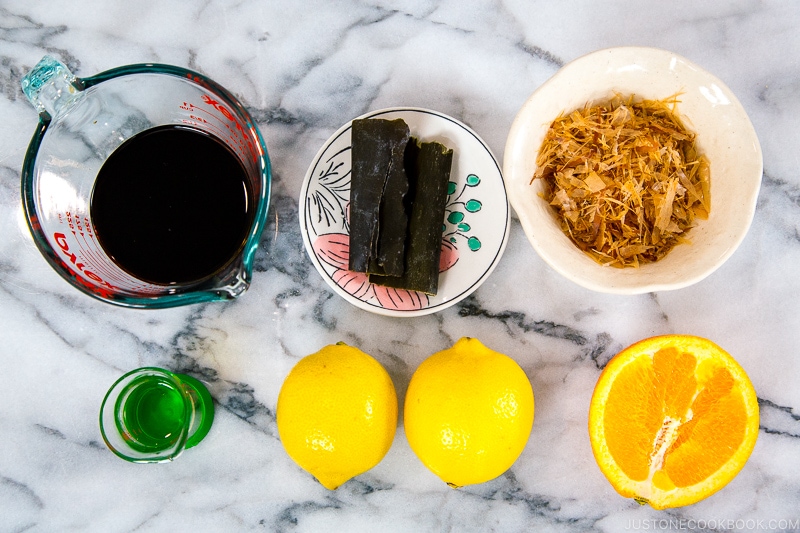
If you have more time, I highly recommend adding a strip of kombu and a handful of bonito flakes. You can add more katsuobushi for rich, smokey, umami-rich ponzu sauce. Umami from kombu and katsuobushi really make this homemade ponzu to the next level. You will get a more balanced and richer taste. Umami is hard to describe, but you know it’s there when you taste it.
This homemade ponzu can be stored in the refrigerator for up to a month. I love this homemade ponzu sauce that I don’t buy bottled ponzu anymore.
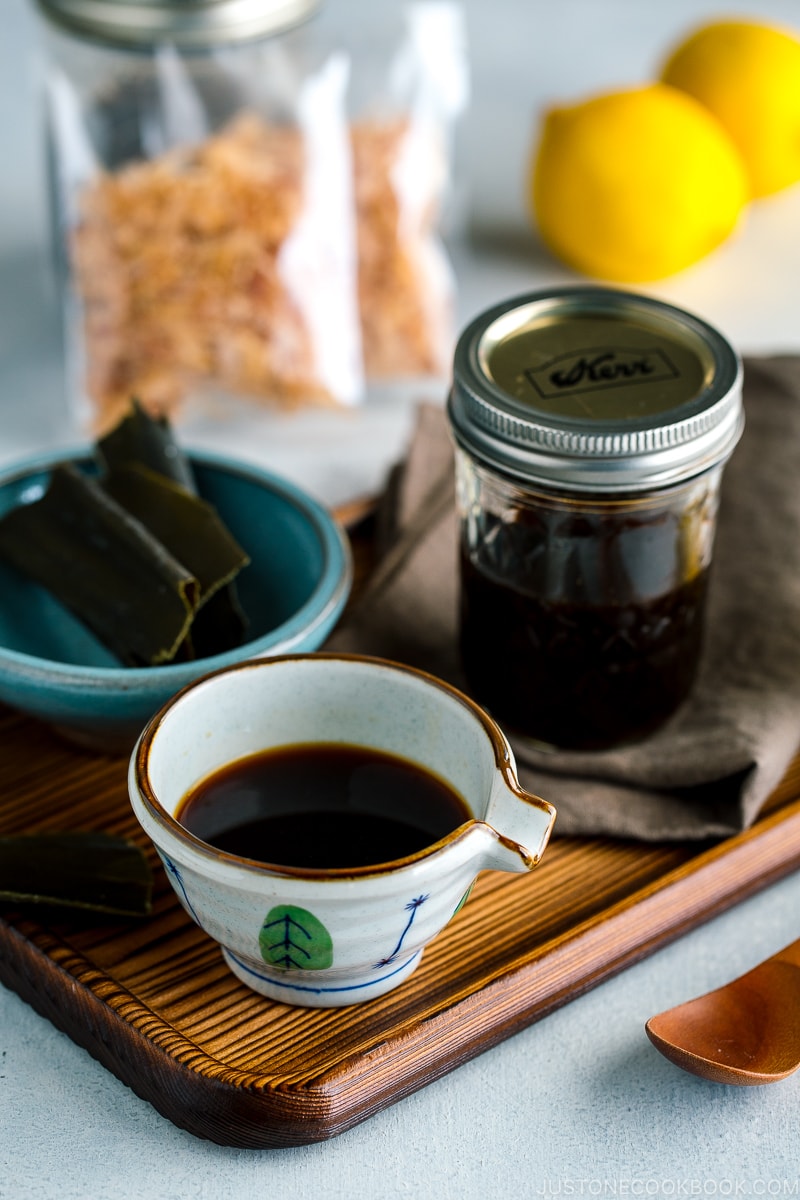
Got Yuzu? Make Yuzu Ponzu!
If you’re lucky enough to get yuzu, definitely make Yuzu Ponzu (柚子ポン酢) or yuzu pon (柚子ポン)!
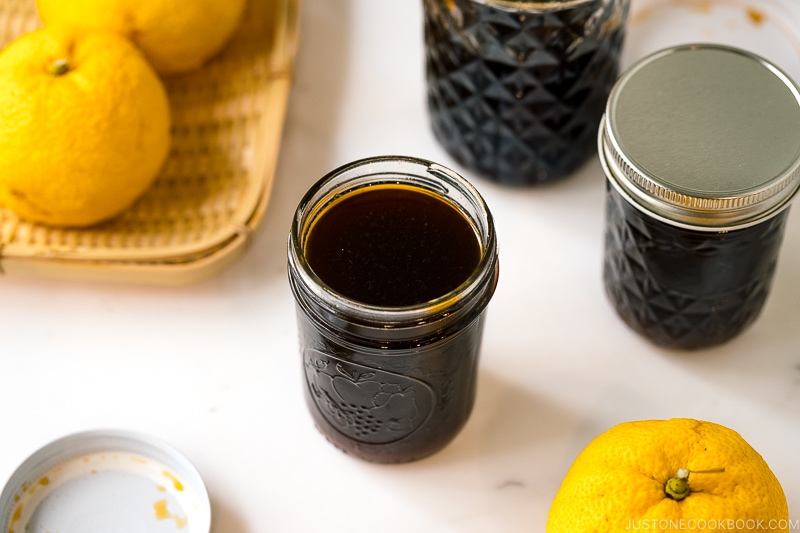
Delicious Recipes to Enjoy with Homemade Ponzu Sauce
- Tofu Salad with Sesame Ponzu Dressing
- Tuna Tataki
- Eggplant with Sesame Ponzu Sauce
- Pork Spring Rolls with Ponzu
- Grilled Oyster with Ponzu Sauce
- Shabu Shabu
I’ll be sharing more recipes using my homemade ponzu!
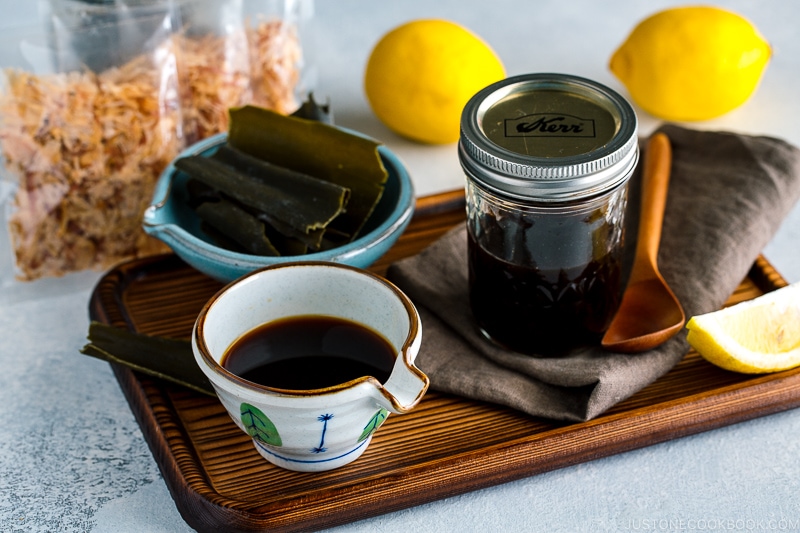
Wish to learn more about Japanese cooking? Sign up for our free newsletter to receive cooking tips & recipe updates! And stay in touch with me on Facebook, Pinterest, YouTube, and Instagram.
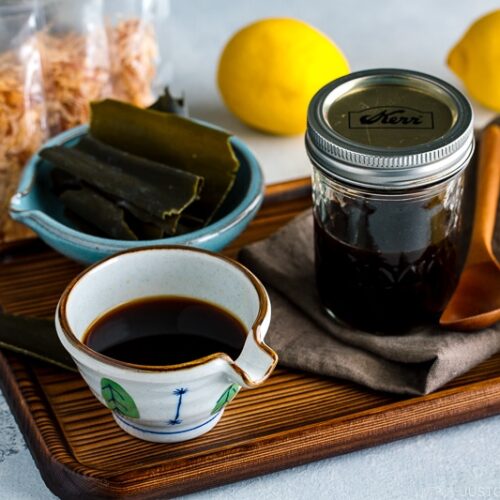
Homemade Ponzu Sauce
Video
Ingredients
- ½ cup soy sauce
- ½ cup citrus juice (a mixture of lemon, orange, and/or grapefruit juices)
- zest from one lemon
- 2 Tbsp mirin (or substitute 2 tsp sugar + 2 Tbsp sake or water)
- ½ cup katsuobushi (dried bonito flakes) (packed; for vegan/vegetarian, omit or substitute 1–2 dried shiitake mushrooms)
- 1 piece kombu (dried kelp) (2 x 3 inches, 5 x 7.6 cm, 6 g per piece)
Instructions
- Before You Start: Please note that this recipe requires a steeping time of overnight (minimum) or up to a week.
- Gather all the ingredients.

- In a sterilized mason jar, combine all the ingredients: ½ cup soy sauce, ½ cup citrus juice, zest from one lemon, 2 Tbsp mirin, ½ cup katsuobushi (dried bonito flakes), and 1 piece kombu (dried kelp). Mix well. Tip: Use a combination of citrus juices that you like. I used 6 Tbsp lemon juice and 2 Tbsp orange juice for single batch.
- Steep in the refrigerator overnight (minimum), for several days, or for up to a week. Some restaurants steep it for a month, especially if they make a big batch.
- After steeping, drain the mixture in a sieve to strain out the katsuobushi and kombu. You can use leftover the kombu and katsuobushi to make Homemade Furikake (Japanese rice seasoning). Transfer the Ponzu to a jar with a tight-fitting lid. It‘s now ready to use.

To Serve
- Ponzu is one of the classic dipping sauces for Shabu Shabu hot pot. You can also use ponzu to make refreshing sauces for dishes like Tuna Tataki, Pork Spring Rolls, Pan-Fried Eggplant, or Grilled Oysters. It‘s delicious on salads as well, like my Tofu Salad with Sesame Ponzu Dressing.

To Store
- You can keep the homemade ponzu in the mason jar for up to 1 month (to be safe); however, if you substitute the mirin with water and sugar, please use it within a week. When you use the ponzu, make sure to use clean utensils to avoid cross-contamination. The sauce will keep 6 to 12 months if you sanitize and keep everything clean while making the ponzu.
Nutrition
Editor’s Note: The original post was published on May 26, 2013. The post has been updated with the new pictures and video and the recipe has been updated in October 2017.
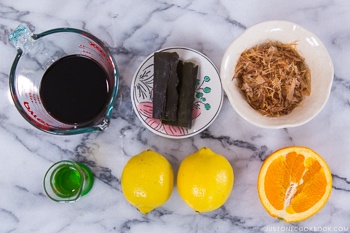
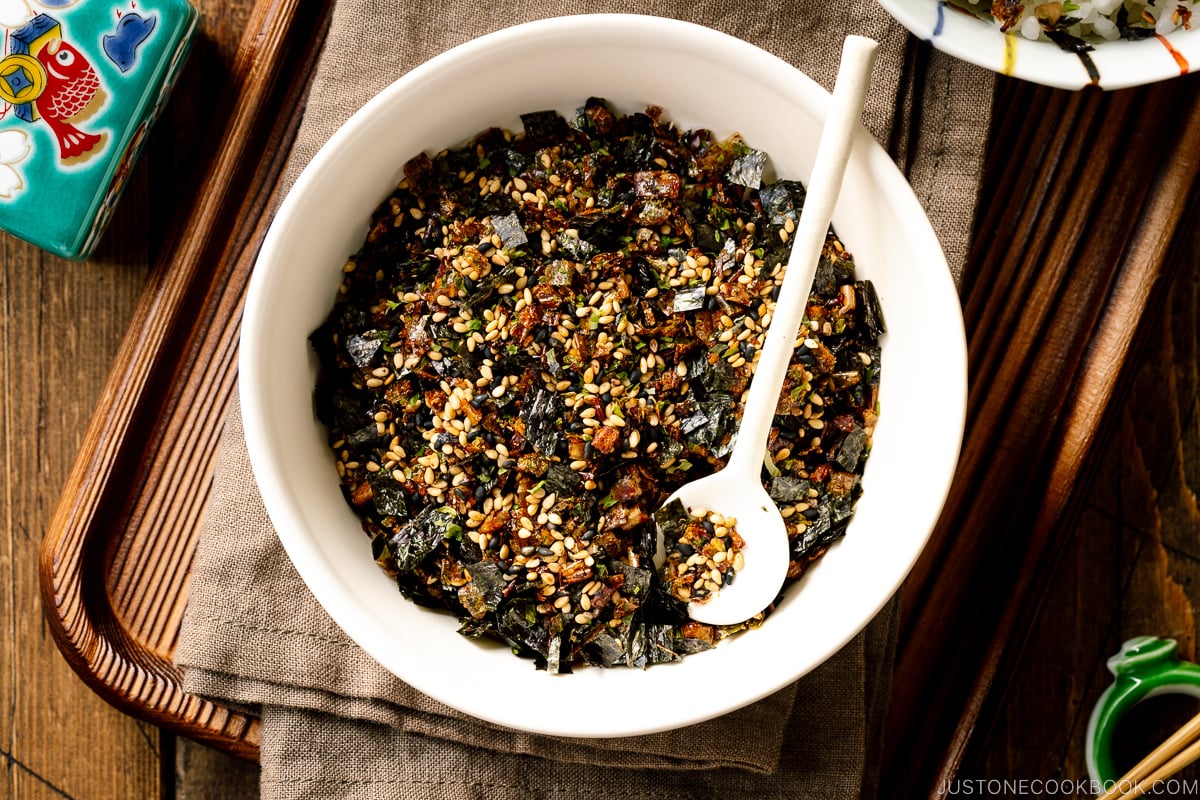
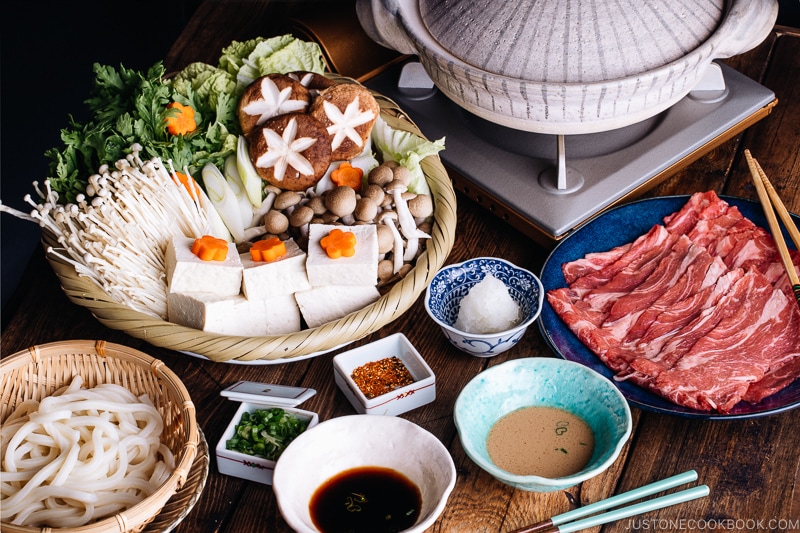


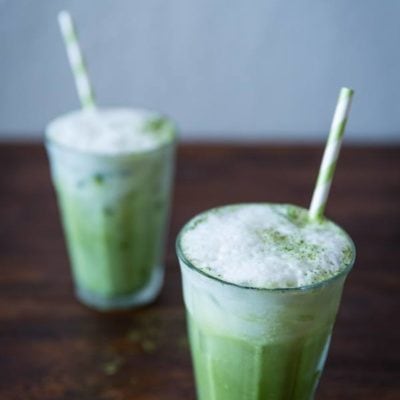

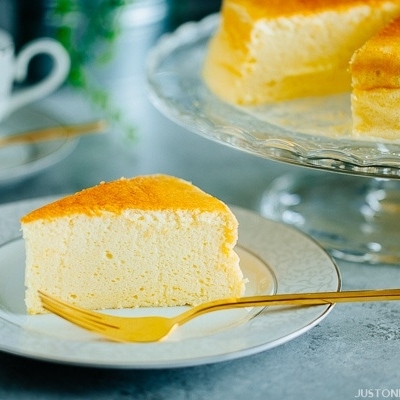
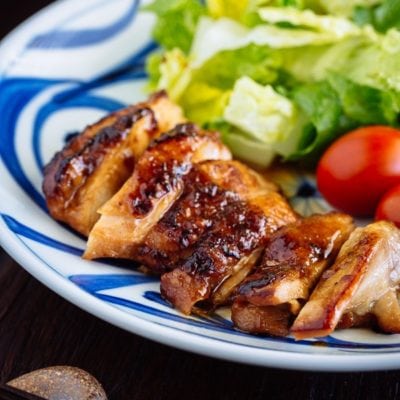
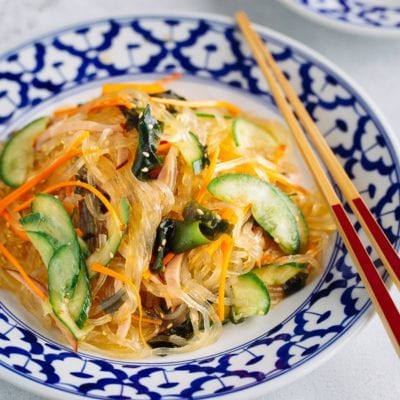

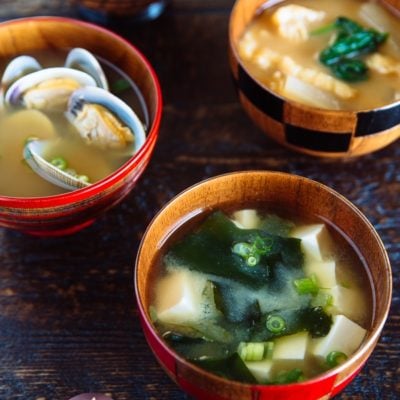


Absolutely delicious! Made exactly as directed and used for a dip for Kaki Fry. So amazing I have to go buy more oysters 😂
Hi Sheri! We are glad to hear you enjoyed Nami’s recipe!
Happy Cooking!
Good evening, Naomi!
we are currently in Japan. My husband is on his sabbatical and we are living in Hokkaido. Japanese clean and healthy cooking inspired me to subscribe to your webside and learn how to do dashi, so far.
Thank you for being so persistent with your effort to teach people how to eat healthy.
Sincerely, Olena
Hi Olena! Thank you so much for reading Nami’s post and for your kind feedback.🤗
Nami and everyone at JOC wish you a lovely vacation in Hokkaido filled with tasty local foods and ingredients!
Happy Cooking!
I made it today. I didn‘t have katsuboshi so I left this one out. I mixed 120ml lemon juice and 120ml soy sauce with kelp and mirin. It was somehow a little bit too sour since I only had lemons,but I will add sugar when I will use it.
Hi Liyo! Thank you so much for trying Nami’s recipe! Yes, If you use only lemons, it will be too sour. We hope that adding some sugar or orange juice will help!
I just made homemade ponzu based on your recipe. It’s steeping in my refrigerator as I write this. I taste tested it before pouring into sterilized mason jar and it’s already delicious. Can’t wait to use it. My question, how do you dry out the leftover kombu and bonito flakes?
Hi Jack! Thank you very much for trying Nami’s recipe and for your kind feedback!
We are glad to hear you enjoyed the flavor of homemade Ponzu Sauce!
We usually save the used kombu in the airtight container for a few days in the refrigerator or save it for up to a month in the freezer. We don’t dry out completely. Then use it to make Kombu Tsukudani (simmered kombu) or Homemade Furikake (rice seasoning). We recommend saving a few batches of leftover kombu to make them.
https://www.justonecookbook.com/simmered-kombu-tsukudani/
https://www.justonecookbook.com/homemade-furikake-rice-seasoning/
We hope this helps!